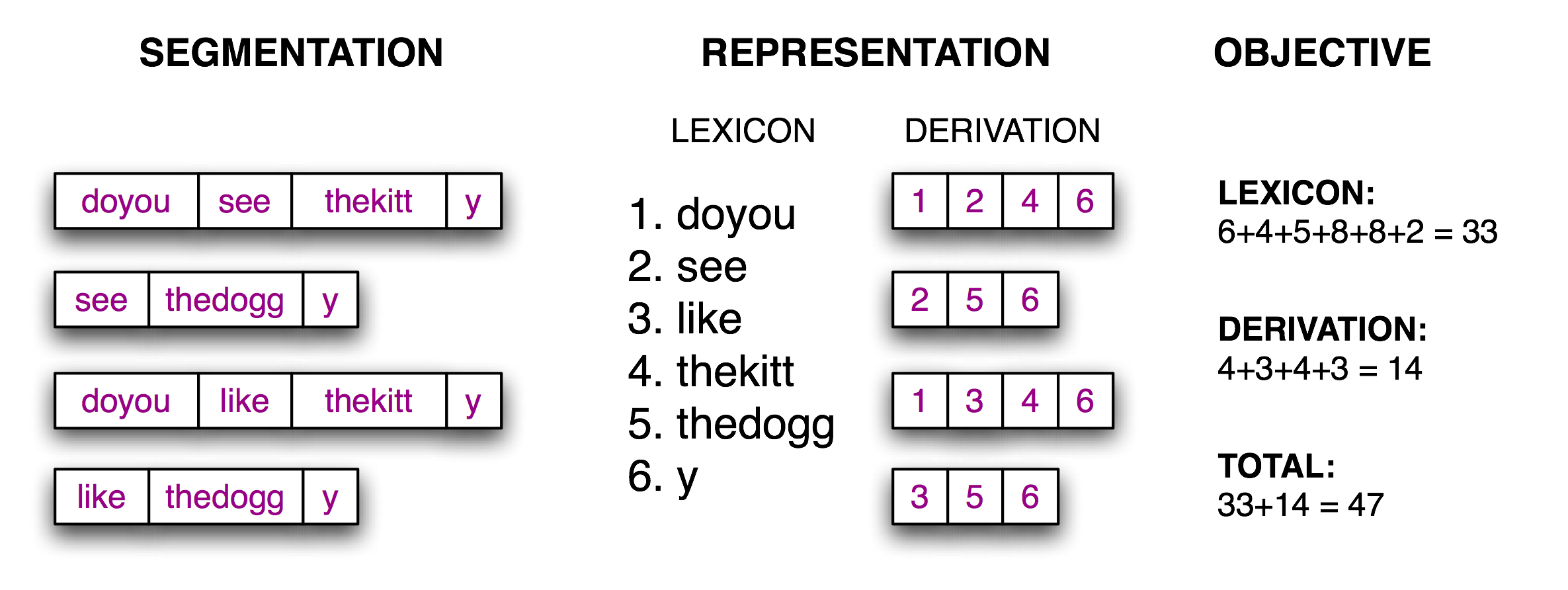
- #Nltk tokenize pandas column how to
- #Nltk tokenize pandas column generator
- #Nltk tokenize pandas column code
Word tokenize as well as parts of speech tag are imported from nltk Default Dictionary is imported from collections Dictionary is created where pos_tag (first letter) are the key values whose values are mapped with the value from wordnet dictionary. My manager (with a history of reneging on bonuses) is offering a future bonus to make me stay. For example consider the text “You are a good person“.
#Nltk tokenize pandas column how to
Questions: I’m just starting to use NLTK and I don’t quite understand how to get a list of words from text. Pandas optimizes under the hood for such a scenario. Edit: You could be thinking the Dataframe df after series.apply(nltk.word_tokenize) is larger in size, which might affect the runtime for the next operation dataframe.apply(nltk.word_tokenize). You can vote up the ones you like or vote down the ones you don't like, and go to the original project or source file by following the links above each example. In this example, we shall perform NLTK Stemming on a list of words using stem() function and Python For Loop.

I want the output of a row in a row format only. apply() method: rev 2020.1, Stack Overflow works best with JavaScript enabled, Where developers & technologists share private knowledge with coworkers, Programming & related technical career opportunities, Recruit tech talent & build your employer brand, Reach developers & technologists worldwide, Passing a pandas dataframe column to an NLTK tokenizer, Applying NLTK-based text pre-proccessing on a pandas dataframe, Tips to stay focused and finish your hobby project, Podcast 292: Goodbye to Flash, weâll see you in Rust, MAINTENANCE WARNING: Possible downtime early morning Dec 2, 4, and 9 UTC…, Congratulations VonC for reaching a million reputation, NLTK tokens - creating a single list of words from a pandas series, Selecting multiple columns in a pandas dataframe, Adding new column to existing DataFrame in Python pandas, How to iterate over rows in a DataFrame in Pandas, How to select rows from a DataFrame based on column values, Get list from pandas DataFrame column headers, Changing a mathematical field once one has a tenure, How does turning off electric appliances save energy. Now let’s apply some stemming to our keyword column with an. How do I check whether a file exists without exceptions? import nltk To open dialog download: nltk.download() To downlaod just stopwords: nltk.download('stopwords') Load data.

I got a similar runtime of 200s by only performing dataframe.apply(nltk.word_tokenize) separately. I was curious what was included so I looked at the source code. How to iterate over rows in a DataFrame in Pandas? nltk_tokens = nt_tokenize(sentence_data) print (nltk_tokens) Example 1: NLTK Stemming.
#Nltk tokenize pandas column generator
First, you can extract the Text column to a list of string: Then you can apply the word_tokenize function: Note that, suggested is almost the same, using df.apply: Then you dump the tokenized text into a list of list of string: Then you add the column back to the DataFrame: You can use apply method of DataFrame API: For finding the length of each text try to use apply and lambda function again: tokenizer - tokenize dataframe column python, flat The tokenize() Function: When we need to tokenize a string, we use this function and we get a Python generator of token objects.
#Nltk tokenize pandas column code
The following are 30 code examples for showing how to use _tokenize().These examples are extracted from open source projects. To learn more, see our tips on writing great answers. Stemming and Lemmatization are Text Normalization (or sometimes called Word Normalization) techniques in the field of Natural Language Processing that are used to prepare text, words, and documents for further processing. Once we’ve got our training data, we’re can start importing our modules such as Pandas, a module to easily read and manipulate data NLTK, a module to tokenize our words and stem them and Tensorflow & … In our last session, we discussed the NLP Tutorial.Today, in this NLTK Python Tutorial, we will learn to perform Natural Language Processing with NLTK. If you have not previously loaded and saved the imdb data, run the following which will load the file from the internet and save it locally to the same location this is code is run from. The nltk.stem package will allow for stemming and lemmatization (normalization techniques).

2) Stemming: reducing related words to a common stem.


 0 kommentar(er)
0 kommentar(er)
